It's always a bit sad to watch an old and seemingly healthy tree come down. But if it must, it's great to do something useful with it. This 110 year old pine tree in Chelsea, Quebec that was looming over two homes started to show signs of rot. With a new building project slated to go right underneath it, it was time to take it down.
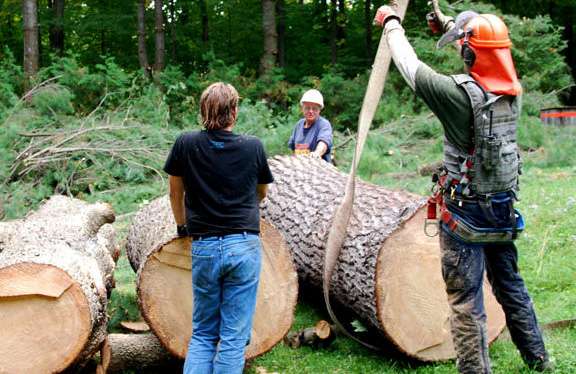
Where an old garage stood was soon to be the location of a studio / workshop, so rather than dispose of the wood from this tree and go buy more, Brian Blak and Colleen Mahoney had a portable mill come and turn the tree into usable materials for their future building project.
Despite being in a wooded neighbourhood on a large lot, allowed to fall on its own this tree could have landed on any one of 3 homes.
To take it down safely took an entire day with 2 people on the ground, one climber and a crane. The first section removed (the crown) weighed in impressively at just over 8 thousand pounds.
When it was safely down and cut into manageable sizes, the tree was milled into 8x8's for the main support structure and boards for flooring and trim. After being left to air dry for two years, much of the lumber was taken to a local mill to be turned into tongue and groove flooring. The rest was milled and finished by the owners (in their new workshop) as the materials for baseboards and trims.
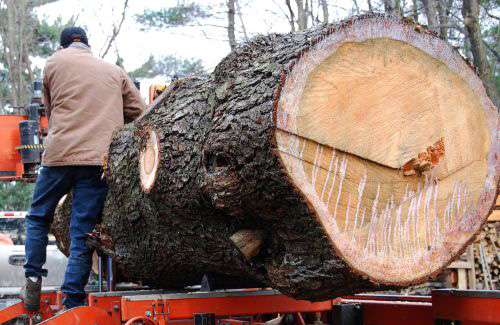
Some of the wood was used for benches and end tables, while bark covered slabs were turned into outdoor easy chairs. Even neighbours made use of some pieces, using stumps as footstools and tables, and turning hollow rotted limb sections into planters.
Along with the tree, materials from the old garage were also salvaged for the new project. Plywood from the floor was cut into strips and used as strapping, while rafters became shelving in the workshop.
Exterior clapboard from the garage became the interior finish for one of the walls. That along with exterior styled lighting gives you the feeling of sitting outside, which can be a helpful delusion during a long Canadian winter.
A project like this takes a lot of foresight, planning and patience. Materials were collected and stored in their yard while the wood dried and plans were finalized. All said and done, a good portion of the materials for this project were not only local, they came from within 5 feet of the building site.
The whole process of building this backyard studio (which Brian and Colleen have dubbed the treehouse) has drawn in many curious and inspired neighbours who have walked away with bits of this locally infamous tree for their own projects.
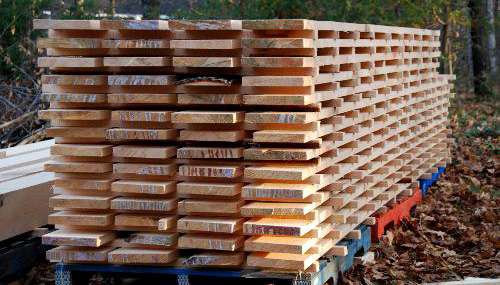
Reclaiming materials not only saves money and natural resources, it inspires others to do the same. So build green, and show it off.
If you have a tree that has to come down but you have no room to mill, there are tree salvage companies that will ensure it ends up as building materials rather than landfill. It won't necessarily save or make you money, but you can at least know your tree went to good use.
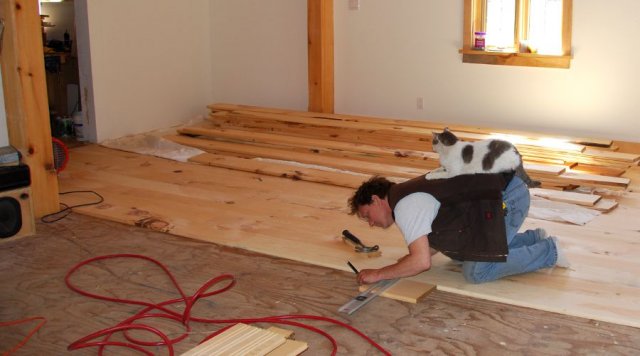 |
|
Brian and Chairman Meow © Colleen Mahoney
|
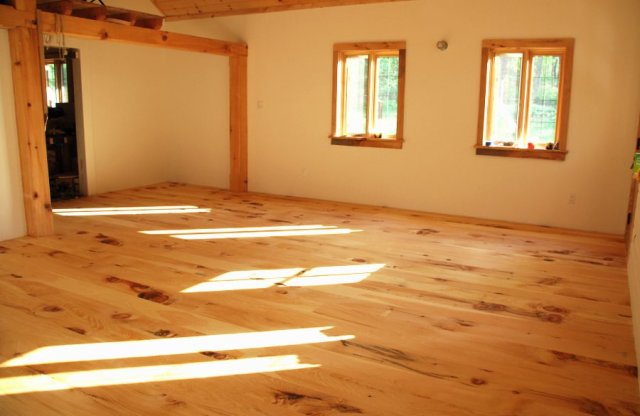 |
|
Finished studio using reclaimed materials and tree milled on site © Colleen Mahoney
|
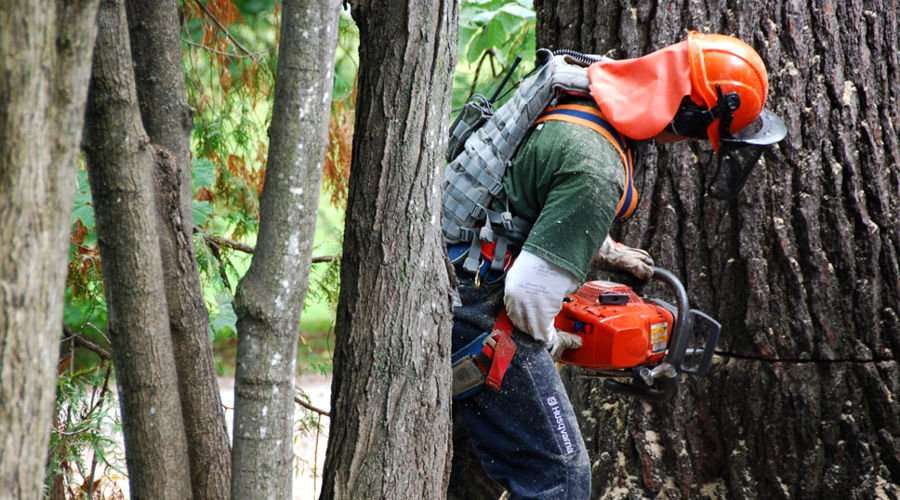


















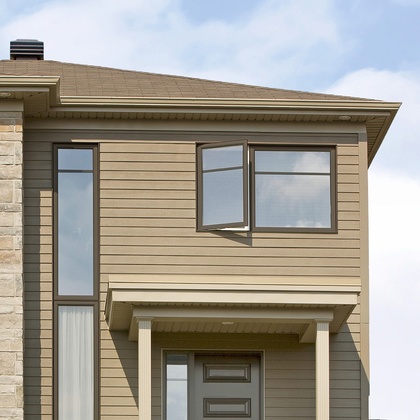





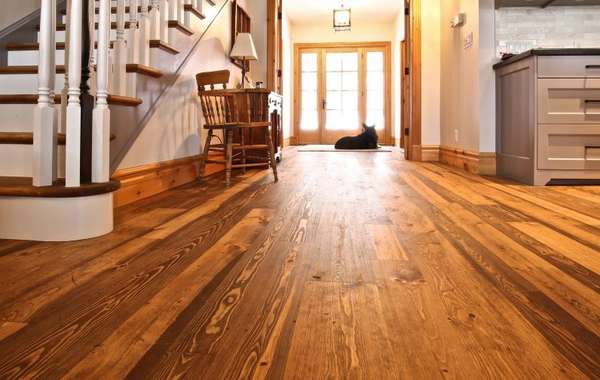
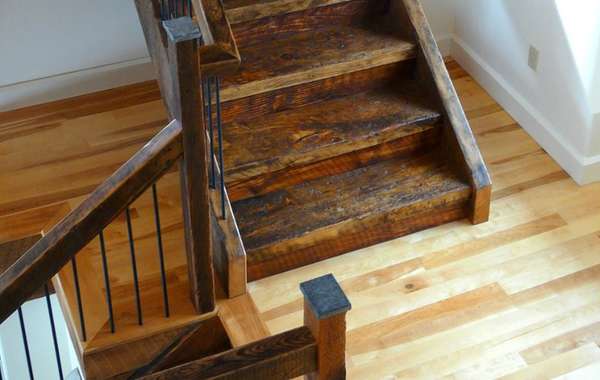
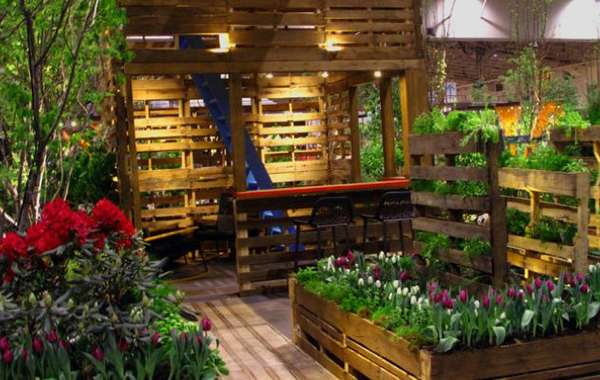
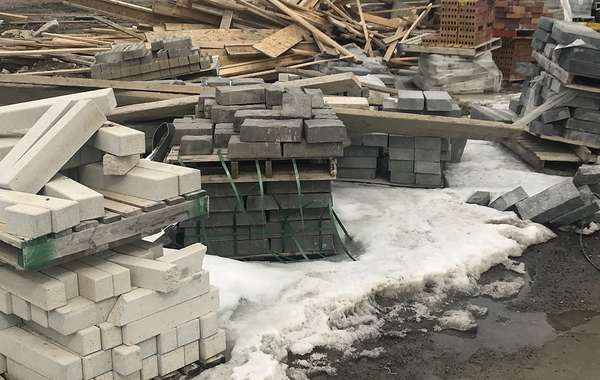
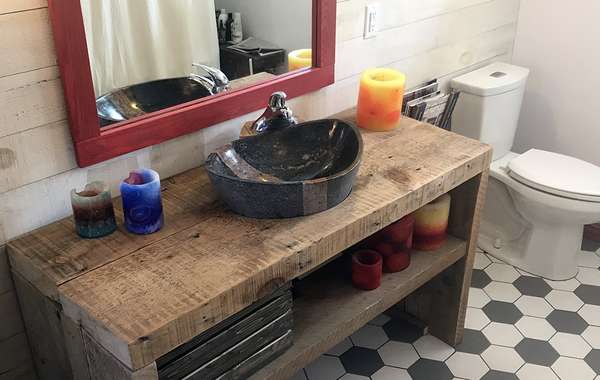
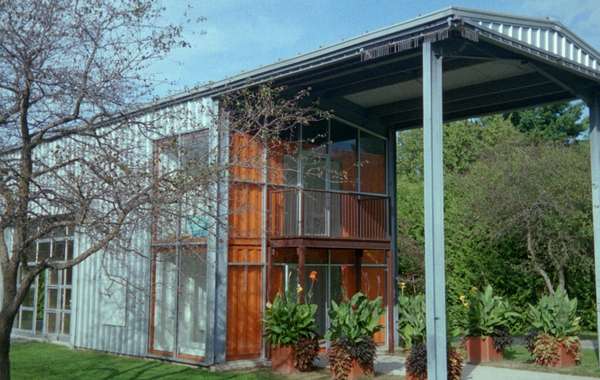

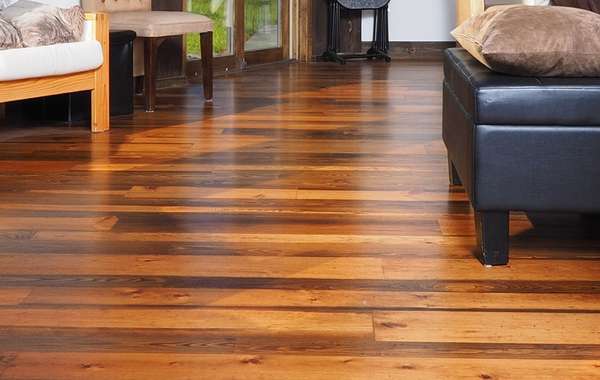
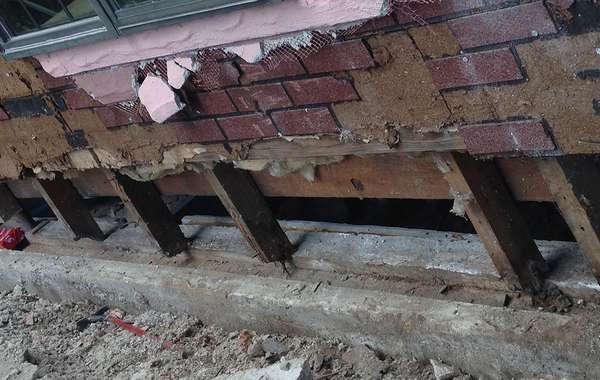
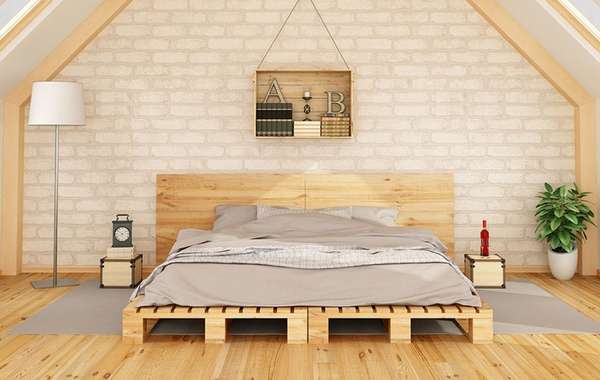
That is very inspiring. The room looks very nice.
Wow, that is a neat project. While it took a lot of lead time, it certainly is LEED inspired.
Loving this! The finished room looks great and the mixed use of the reused clapboard plus the onsite pine tree is an exciting mix.
I love this studio! What a great way to build and a beautiful result!
The treehouse is amazing!!!!! It must have taken a lot of work!!!! Good luck with your beautiful treehouse!
(i <3 u guys and chairman meow)